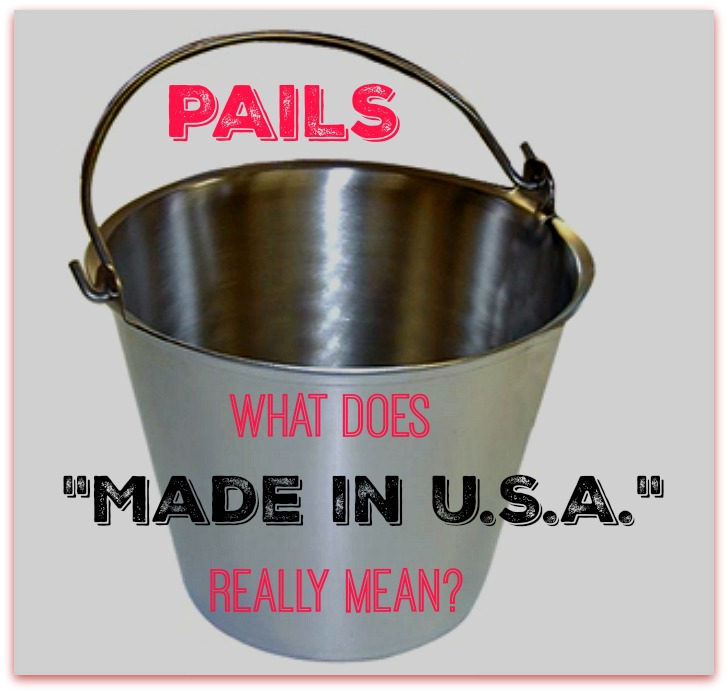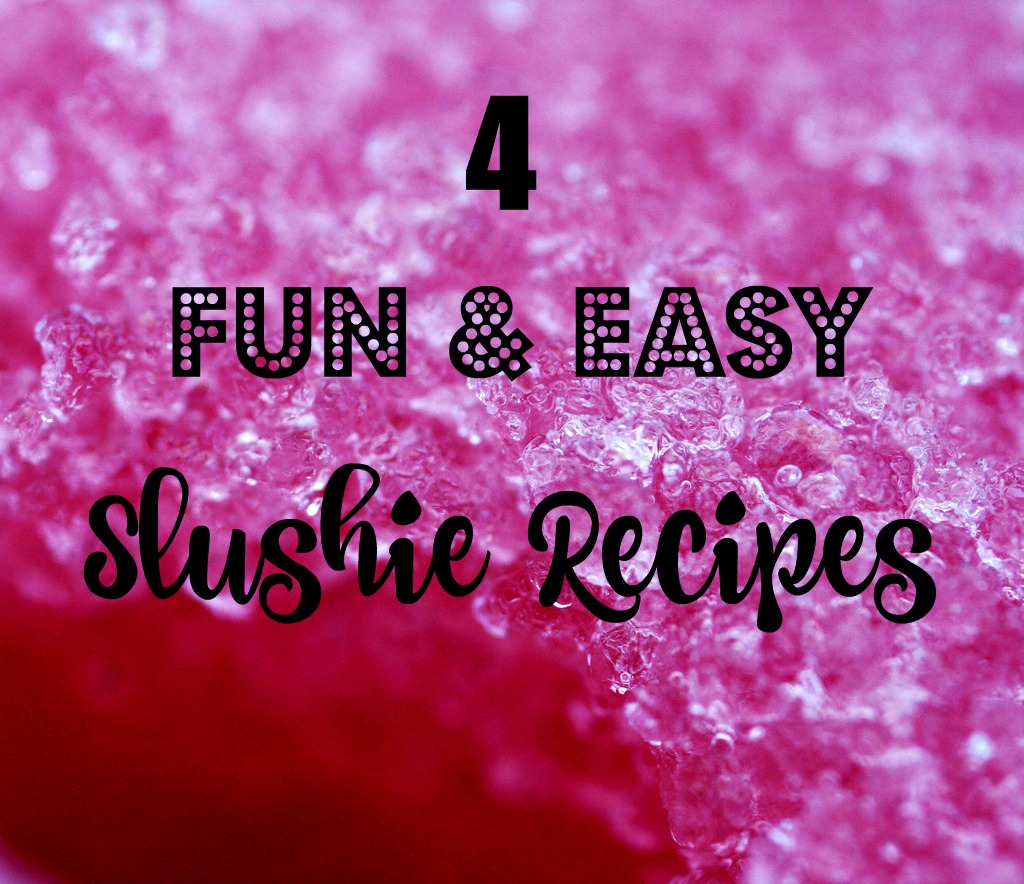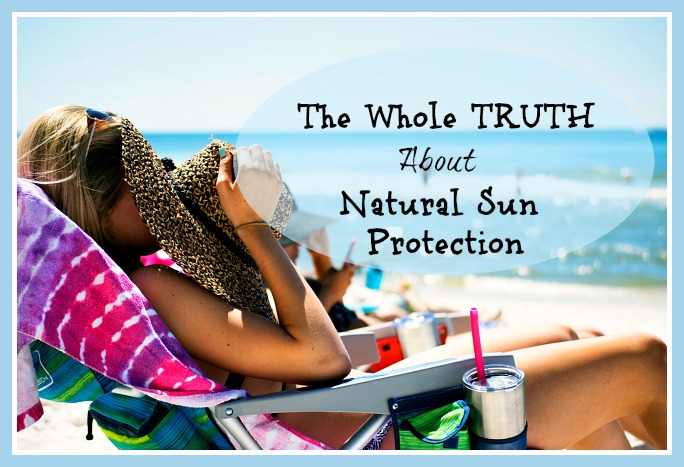
If you’re a coffee fanatic, you know what it’s like to crave that steaming, aromatic elixir. There’s nothing like that first sip of your morning cuppa joe. Not only is the flavor heavenly, but that little jolt we get from the caffeine gives us the kickstart we need to get going in the morning. Coffee truly is one of the few guilt-free indulgences we have left in a world that bombards us daily with health warnings about the foods we enjoy most. Isn’t it wonderful that coffee can deliver so much pleasure and be good for us, too?
It sounds too good to be true, and it almost is. You can make the purest cup of coffee with the finest quality beans (organic, non-GMO, free trade, shade grown, and all that). But, if you use a creamer, make sure it’s pure too. Otherwise, every delicious cup of heaven you drink could end up raising hell in your body later on. Okay, so you know to avoid fake cream because it’s loaded with unhealthy chemicals. But do you think a natural creamer like half-and-half is a safe bet? Maybe. Or maybe not.
It would be wonderful if everyone could tolerate dairy products and we all had a family cow, or at least easy access to unadulterated milk and cream. Obviously, that’s not realistic, so we have to educate ourselves about how foods are manufactured and learn how to read ingredient labels. Artificial non-dairy creamers aren’t even an option for the health-conscious consumer. So that leaves us to choose from an array of conventional dairy products and “healthier” brands of non-dairy creamers, like those found in natural food stores.
Traditionally, half-and-half has been the creamer of choice among coffee drinkers. Real half-and-half is a blend of equal parts whole milk and cream. Ideally, the milk and cream should be organic. (Conventional milk and cream often comes from GMO-fed cows, some of which have been treated with hormones like rBST.) Store-bought half-and-half contains between 10.5 to 18% butterfat, The extra fat gives coffee that much-coveted smooth and creamy mouth feel. It would be great if all brands of half-and-half on the market today contained just those two ingredients. Sadly, that’s not the case.
Food manufacturers know how much we love that creamy texture, so they try give us more of what we want by adding various thickeners, emulsifiers, and gums. They also know these additives help increase profits by making half-and-half cheaper to manufacture. But that’s not all. Fact is, most of the milk and cream nowadays is ultra-pasteurized. Ultra-pasteurization thins the cream, but these additives are designed to fool you into thinking it tastes like real cream. The process of ultra-pasteurization also frees up glutamic acid from the milk protein and creates free glutamate. That means there could be MSG in your half-and-half. So, why not just use the regular method of pasteurization? Well, apparently grocers complain that the products spoil too quickly.
Carrageenan is the ingredient we most commonly see added to half-and-half. It acts as a thickening agent and an emulsifier, making sure the product stays mixed. Carrageenan is not digestible and has no nutritional value. It’s naturally derived from red seaweed, so you’d think it would be safe to eat, but it’s not. Research has shown that it’s especially destructive to the digestive system. Carrageenan triggers inflammation in the gut, which can lead to leaky gut, ulcerations, bleeding, and possibly even cancer. Most of the animals studied in lab environments developed colitis and tumors with long-term use. That’s some pretty scary stuff.
Incidentally, carrageenan is also frequently added to those (supposedly) healthier non-dairy creamers we see in natural food stores. So if you have trouble digesting dairy products and frequently use these organic brands of non-dairy creamers, you’ll want to choose a product that’s free of carrageenan (and any other undesirable additives). But here’s an even better idea. Make your own super-delicious non-dairy coconut coffee creamer using the recipe at the end of this article. All it takes is three ingredients and thirty seconds to whip up a blissful addition to your morning cuppa joe.
Half-and-half sometimes contains other emulsifiers instead of (or in addition to) carrageenan. It’s common to see disodium phosphate and sodium citrate (also known as citric acid) on the ingredients label. Sodium citrate is considered safe; it acts as an emulsifier to keep the fat globules distributed evenly throughout the liquid so they don’t clump together. Disodium phospate is also an emulsifier and works much the same way. Both of these ingredients prevent the butterfat from separating from the liquid. You might also find guar gum listed on the label. Guar gum is yet another emulsifying agent. It’s a natural additive derived from guar beans. Guar gum can sometimes be a little harsh if your digestive system is weak. And, it can cause embarrassing gas. Oh joy!
If you’re dining out, you’ll want to be careful with individual servings of half-and-half such as the Land o’ Lakes Mini Moo’s. These are UHT-processed to make them shelf stable for 6-9 months if left unopened. (UHT stands for Ultra High/Heat Temperature.) It does make you wonder what happens when milk proteins are subjected to such high temperatures. How safe is this process, really? Does anyone know for sure? There are other concerns to consider with Mini Moo’s too, aside from the high-heat processing issue,
Mini Moo’s are made from conventional milk and cream from cows that were probably raised on GMO feed. They also contain various emulsifiers–specifically, sodium citrate, DATEM, tetrasodium pyrophosphate, and carrageenan. The sodium acid is considered safe when used in tiny amounts as a food additive. However, the DATEM is derived from soy, canola, and palm oil, all of which are GMO ingredients. Although GMO’s have been banned in numerous countries, the United States continues to maintain they are safe. Research on the effects of GMO’s on the human body continues while the political debate surrounding the creator of GMO foods (Monsanto) rages on.
But, in the end, the good news is that it’s really not that hard to find half-and-half that’s free of additives. You might consider a cow share to ensure your family always has a ready supply of healthy raw milk. Then you can make your own butter, cream, and half-and-half. If a cow share isn’t an option for you, then look for high-quality organic brands that contain only two ingredients. The label should say it contains pasteurized organic milk and organic cream. That’s it, nothing else. You can find organic brands at natural markets and in many conventional grocery stores. If your local supermarket doesn’t carry it, ask the manager to order some for you. As more people continue to demand high-quality organic foods, they will become more readily available.
So, now that you know how to make a creamy cuppa joe, are you ready wake up to nirvana in a cup? Please share your secret to a perfect cuppa in the comments!
[amd-zlrecipe-recipe:2]
Legal Disclaimer
This article is for educational use only and is NOT intended as medical advice. The information presented herein is based on the opinions of the author, unless otherwise noted. Any statements or claims about the possible health benefits conferred by any foods or supplements have not been evaluated by the Food & Drug Administration (FDA) and are NOT intended to diagnose, treat, prevent or cure any disease or condition. We encourage you to do your own research and consult a qualified health professional before making any health-related changes.
This article may not be downloaded, reproduced, republished or otherwise copied without express written permission of the author and of Homesteader’s Supply.
All rights reserved ©2016 Anna Paige




